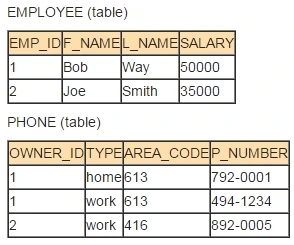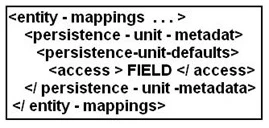Java EE 6 Java Persistence API Developer Certified Expert
Here you have the best Oracle 1z0-898 practice exam questions
- You have 63 total questions to study from
- Each page has 5 questions, making a total of 13 pages
- You can navigate through the pages using the buttons at the bottom
- This questions were last updated on October 27, 2025
- This site is not affiliated with or endorsed by Oracle.

